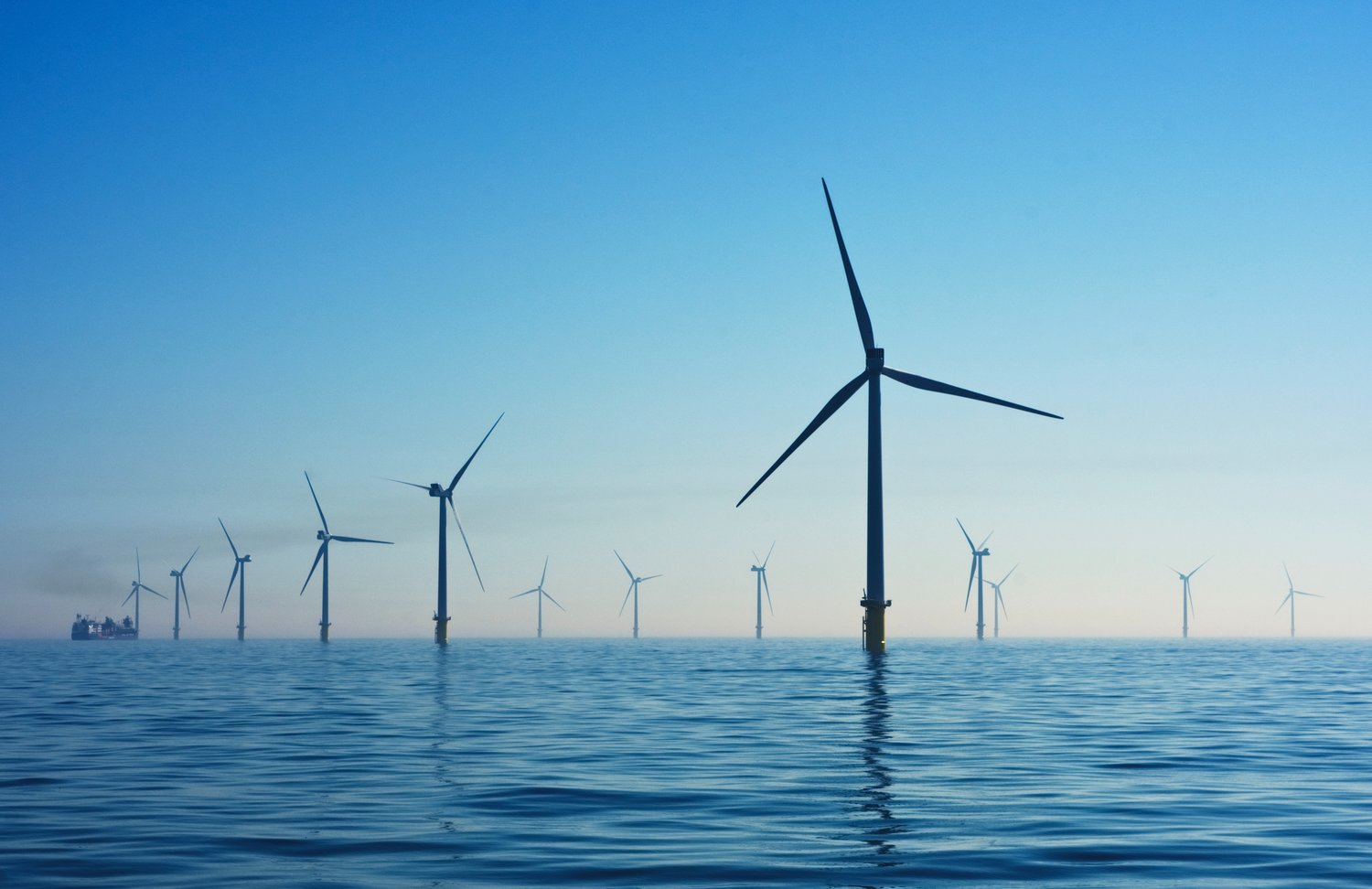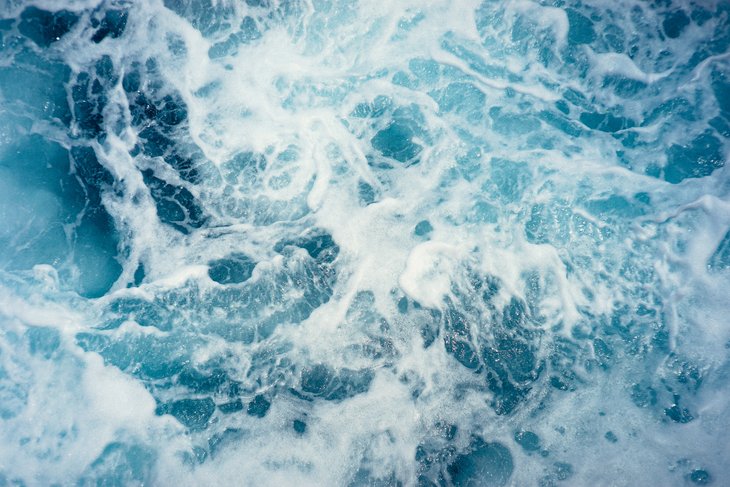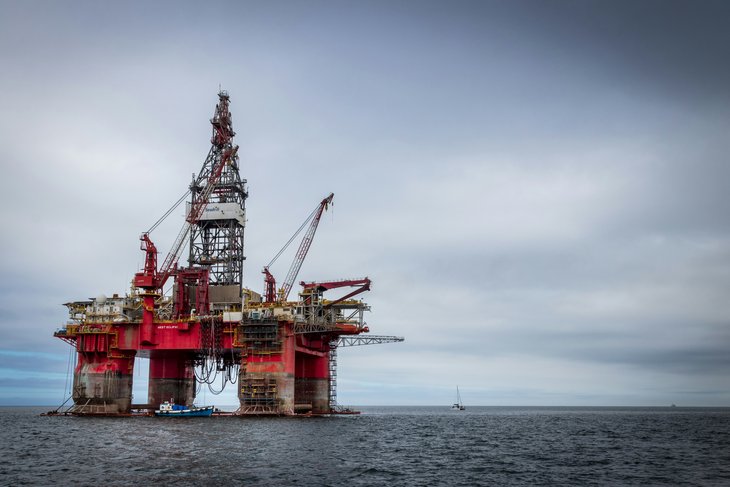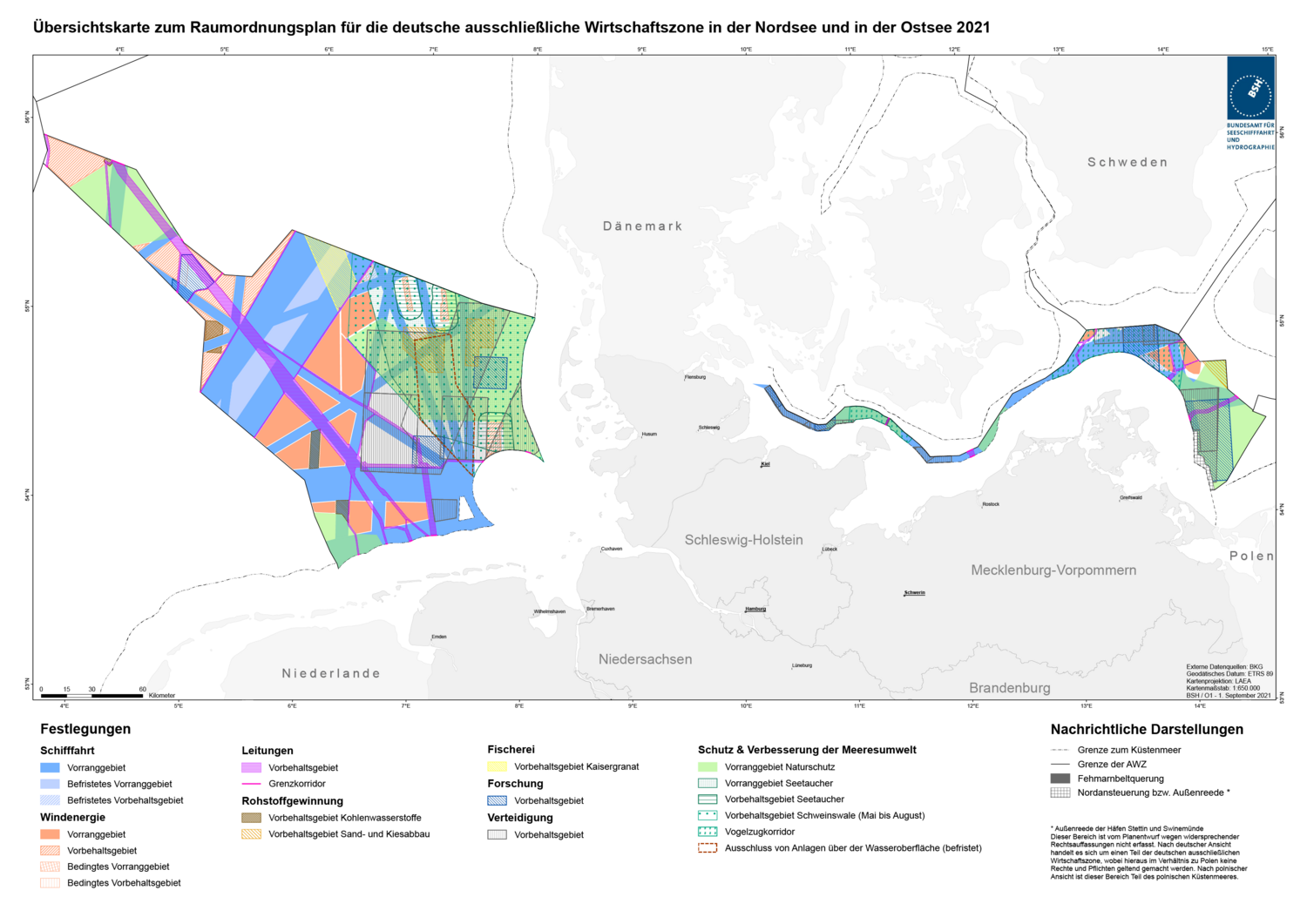The potential of offshore wind power
The expansion of offshore wind energy has increased significantly worldwide over the past decade, particularly in China. In Germany, too, energy generation at sea is a key factor in transforming the energy sector and shifting to renewable sources.
Thanks to technological advancements, not only are increasingly larger offshore wind turbines being built, but wind farms are also being constructed at greater distances from the mainland, as wind conditions further out at sea tend to be more favourable. There are now even concepts for using wind-generated energy directly at sea to produce green – that is, low-emission – hydrogen and other related products.
There are currently (as of 2024) 29 offshore wind farms in operation in Germany, the majority of which are located in the North Sea. The smallest farm, Alpha Ventus, has twelve wind turbines and the largest farms (e.g. Meerwind or Baltic 2) have 80 wind turbines. Plans for future projects envisage significant increases compared to the existing turbines.
When planning offshore wind farms, however, nature conservation must also be considered from the outset. This is because offshore wind farms influence marine ecosystems through a variety of interrelated physical, biogeochemical, chemical and biological processes: Environmental pollution occurs during planning, construction, operation and finally also during dismantling and decommissioning.

The expansion of offshore wind farms is being actively pursued in many countries. But what impact does the large-scale development of wind energy in the North Sea and the Baltic Sea have on the marine environment? This focus provides an overview.
Other renewable energy sources from the ocean
In addition to offshore wind power, there are other approaches to harnessing energy from the forces of the sea. These technologies are at various stages of development but have the potential for long-term deployment. According to the European Commission, three particularly promising technologies are tidal and current power plants, wave energy converters, and floating photovoltaics(1).
A tidal and current power plant, for example, harnesses the energy of ocean currents or tidal movements to generate electricity. These systems typically consist of underwater turbines that operate similarly to wind turbines. The movement generated by water currents is first converted into rotational energy and then into electricity. Current power plants often operate continuously, as ocean currents flow steadily, whereas tidal power plants rely on the regular ebb and flow cycles. Both types are environmentally friendly as they produce no emissions, but they may have potential ecological impacts on marine habitats.
Germany does not yet have any tidal or current power plants. The North Sea and the Baltic Sea offer only limited potential for tidal energy due to their relatively low tidal range, which rarely exceeds 3.5 metres. For economic viability, a minimum tidal range of around five metres is generally required. Instead, Germany is focusing on developing technologies for current power plants that could be used in international projects. One example is the Orbital O2 power plant in the UK, which generates green energy and is co-funded by the EU.

Wave power plants are technically a type of current power plant, but instead of harnessing underwater currents, they convert the energy of surface waves into electricity. There are various ways this can be achieved. Some systems capture waves in large chambers, where the movement compresses air that then drives turbines—these are known as oscillating water columns. Others resemble long, floating snakes that move up and down with the waves to generate power—these are called attenuators.
Some power plants channel waves up a ramp into a basin, from which the water then flows back into the sea through turbines. There are also floating systems that can be deployed in various locations at sea. Despite their differences, all these methods share the same goal: converting wave energy into electricity(2).
In Germany, the Kiel University of Applied Sciences has developed a wave power plant in the form of a buoy. It harnesses the energy potential of waves by using a floating body that moves vertically relative to a fixed pole buoy(3) - rising and falling with the waves.
A completely different approach is taken with floating photovoltaics (Floating PV). This technology does not harness water power but instead utilises solar energy. Inland, there are already some PV systems installed on reservoirs and quarry lakes, so the concept is not entirely new. However, in Germany, it has not yet been pursued for the North Sea or the Baltic Sea.
In contrast, other European countries have started initial projects, such as one in the Belgian North Sea since 2023. Since offshore PV is currently considered economically unviable, there are discussions about combining floating PV with offshore wind power.

Oil and gas have been extracted from the seabed for over 100 years. However, the reserves in relatively shallow waters (up to about 400 metres deep) have largely been exploited, which is why there is now a shift towards deeper waters, bringing higher technical requirements and risks. The profitability of extraction from deep-water areas ultimately depends on the oil price. In general, the deeper the water, the more expensive the extraction. Therefore, it is only worthwhile if oil and gas can be sold at a high price.
Modern exploration techniques can now detect reserves up to a depth of twelve kilometres. In recent years, new oil and gas deposits have been discovered on the seabed. Most deep-water areas are currently being explored, with some initial (test)drilling taking place.
The North Sea holds various oil and gas reserves that are economically exploited. In the German North Sea, there is an oil platform located near the coast in the Schleswig-Holstein Wadden Sea National Park, which extracts oil from the "Mittelplate" field. The permit for this was granted in 1987, before the establishment of the national park, and is valid until 2041. There is also an active gas extraction platform in the German North Sea, situated in the Exclusive Economic Zone (EEZ) near the Dogger Bank.
Additionally, there is a controversial project: The Dutch oil and gas company One Dyas is currently constructing a gas drilling platform in the North Sea off Borkum. Although the platform is located in the Dutch sector, the drilling will extend into German territory. Environmental protection organisations have filed legal complaints against the project, fearing negative impacts on the Wadden Sea.
[1] World Ocean Review 7, "Lebensgarant Ozean - nachhaltig nutzen, wirksam schützen" (2021), Kapitel 5 "Energie und Rohstoffe aus dem Meer“
[2] erneuerbare-energien-aktuell.de/wasserkraft/wasserkraftwerk/wellenkraftwerk/
[3] www.fh-kiel.de/news/energiewende-auf-dem-wasser-fh-kiel-tauft-prototyp-eines-wellenkraftwerks/









